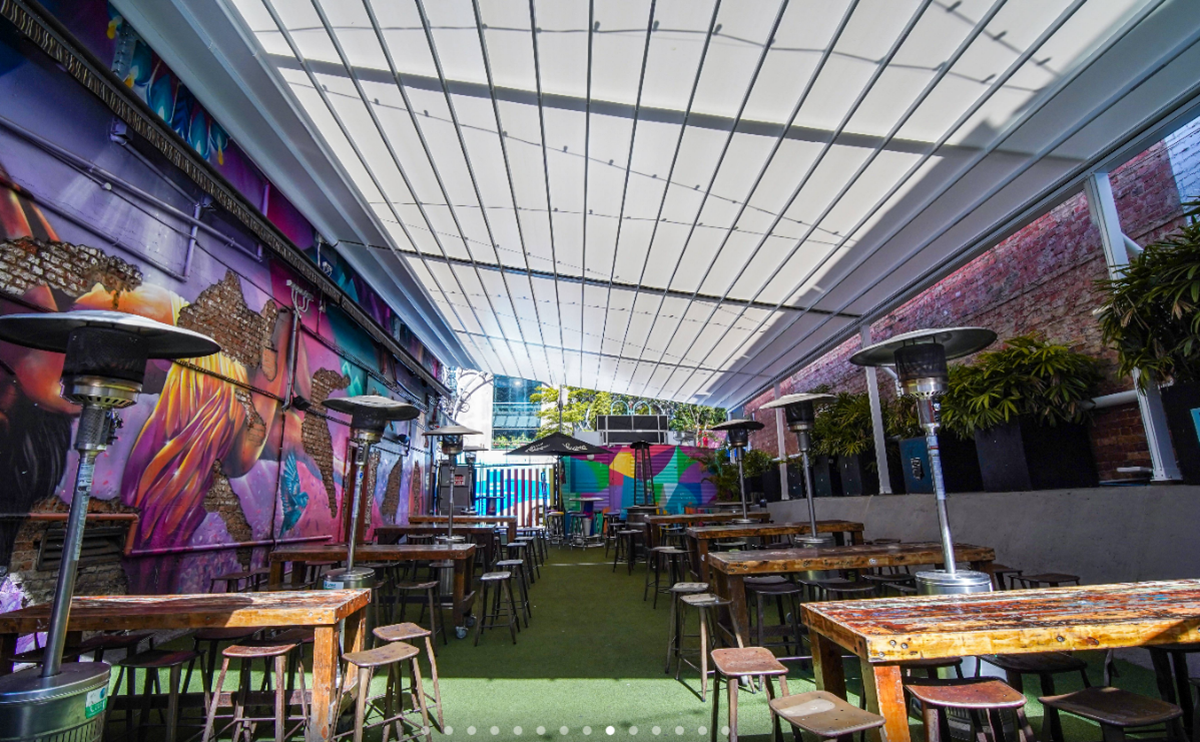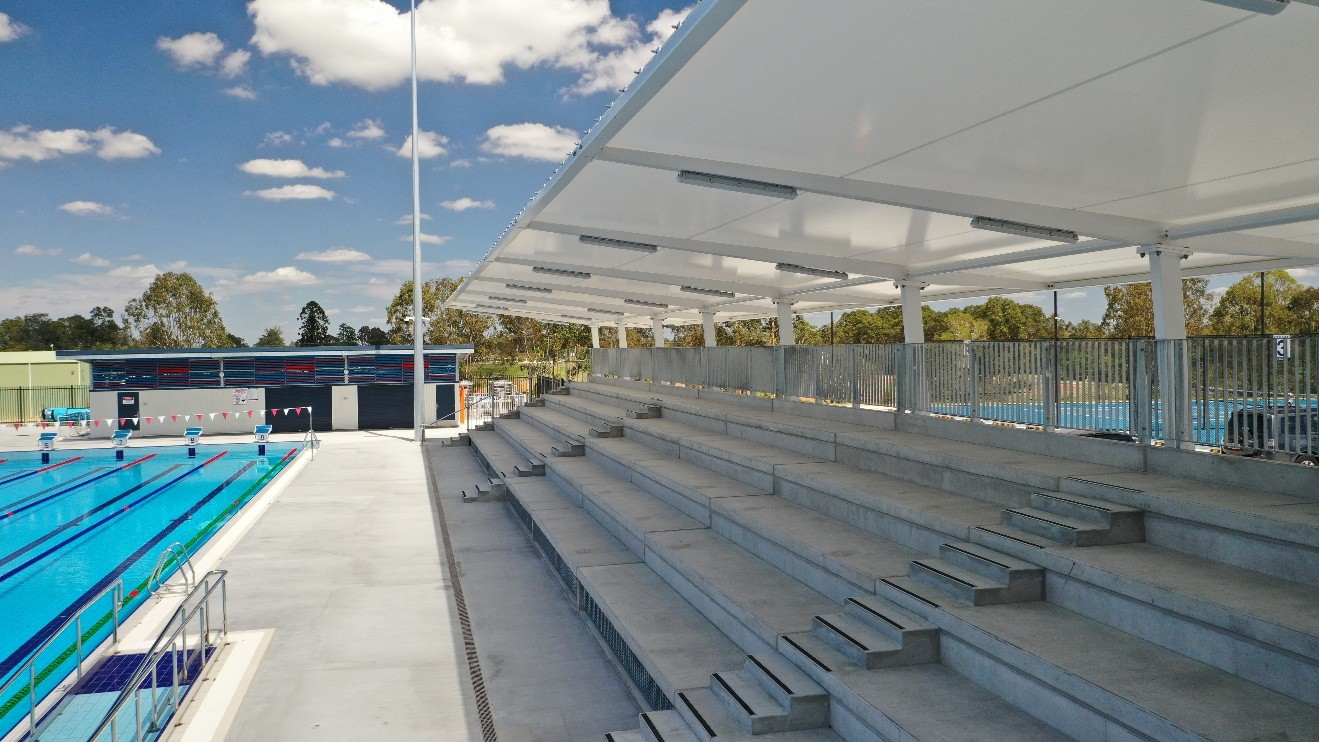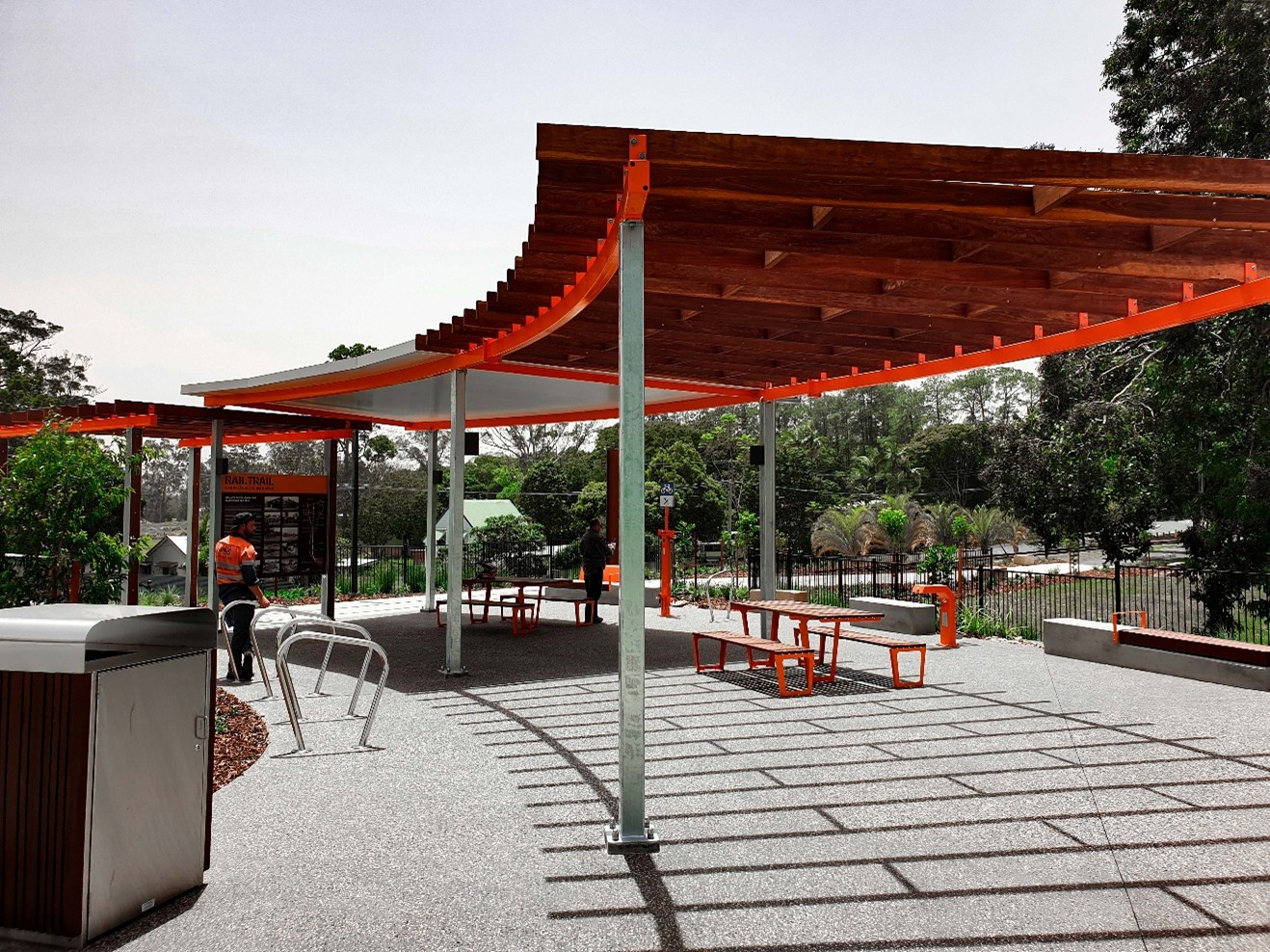In the architectural landscape of modern Australia, the “Industrial Chic” aesthetic—defined by glass, steel, and polished concrete—has become the gold standard for
Blog
- All
- Advertising & Signage
- Aluminium Products
- Architectural
- Awnings & Blinds
- Awnings & Sunhoods
- Car Park
- Car Park Shade Structure
- Commercial
- Commercial Shade Sails
- Commercial Shade Solution
- Commercial Shade Solutions
- Commercial Shade Structures
- Commercial umbrellas
- Council
- Design & Engineering
- design & Manufacturing
- Domestic
- Early Learning
- Education
- Excellence Awards
- External Awnings & Blinds
- Hospitality
- Innovative design
- Installation Guides
- Insulated Panel Roof
- outdoor awnings
- Parks & Playgrounds
- Parks and playgrounds
- Polycarbonate Roofing
- Project Design
- Project Management
- Residential
- Retail
- Retractable Awnings
- Shade fabric
- Shade Sail
- Shade Structure
- Shade structure fittings
- Shade Structures
- shade-cloth-custom-post
- Sports Fields
- Sustainability
- Uncategorized
- UV prevention
- Waterproof & custom shade solutions
- Waterproof Shade Structures
In the fiercely competitive commercial landscape of South East Queensland, maximizing usable space is paramount. For businesses in Brisbane, the outdoor environment
The Australian climate, particularly in high-sun regions like Queensland, presents a significant challenge to modern architectural design: how to create a visually
Shade structures play a massive role in how commercial spaces look, feel, and function. In Queensland, where long, hot days are the
For property managers and commercial investors across Australia, especially in the relentless climate of Queensland, a car park is often seen as
Across Brisbane, the Gold Coast, Noosa and surrounding regions, businesses are increasingly recognising the value of well-designed shade structures. Whether it’s a
For decades, the design and construction of commercial buildings have focused on a simple trade-off: transparency for natural light, or opacity for
When you live and work in South-East Queensland, you quickly learn that the weather can change in an instant. That’s why waterproof
For architects, property developers, and commercial specifiers in Queensland, the choice of material for an external structure is rarely trivial. It’s a









